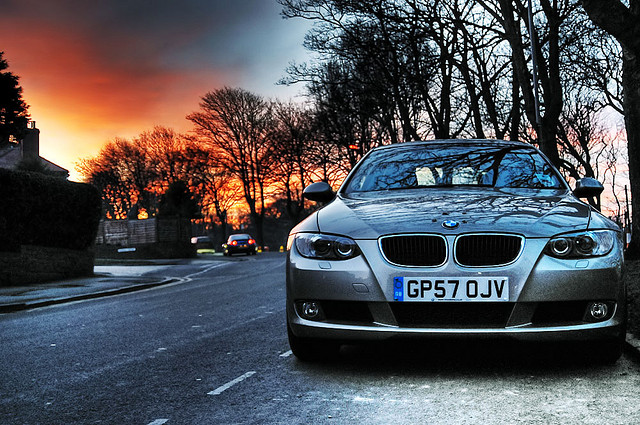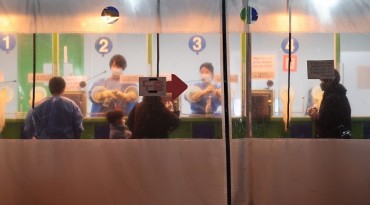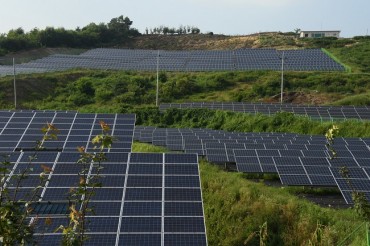
According to the regulations of the FTA, a 1.6 percent tariff on Europe-made cars with engines larger than 1.5 liters was abolished from July 1. (image: Abdulrahman BinSlmah/ flickr)
SEOUL, July 2 (Korea Bizwire) – From July 1st this year, which marks the third anniversary of Korea-EU free trade agreement, the tariffs on mid- and large-sized European cars was abolished in Korea. Coupled with this measure, lowering tariffs on small-sized cars will give a further boost to already hot-selling European automotive industry in the Korean market.
According to the authorities responsible for the FTA, a 1.6 percent tariff on Europe-made cars with engines larger than 1.5 liters was abolished from July 1. Besides, 4.0 percent of tariff on smaller cars was reduced to 2.6 percent from this July. The remained tariffs regulations will be fully removed in two years.
The sales of imported cars are witnessing a sharp rise in the Korean auto market. According to the Korea Automobile Importers and Distributors Association, the annual sales of imported vehicles passed the 100,000 mark in 2011 for the first time and increased from 130,858 in 2012 to 156,497 in 2013. The cumulative sales of imported cars this year up to May have recorded 76,460 already.
※ European Union–South Korea Free Trade Agreement
The European Union – South Korea Free Trade Agreement is a free trade agreement between the European Union (EU) and South Korea. The agreement was signed on 15 October 2009. The agreement has been provisionally in force since 1 July 2011 while the final ratification is taking place. The agreement would be the second largest free trade agreement, second only to the North American Free Trade Agreement. It is also the most comprehensive the EU has ever negotiated: import duties are near eliminated on all produce and there is deep liberalisation in trade in services. (Wikipedia)
Among the import cars, European cars take a large portion. During the first quarter of this year, its share surpassed the 80 percent mark for the first time this year and German brands like BMW, Mercedes-Benz, Volkswagen, Audi and so on accounted for more than 70 percent in total.
It is expected that when European cars secure more price competitiveness driven by the abolition or reduction of tariff barriers, European cars will likely gain an upper hand in the nation’s import car market. The industry sees that consumers can save 500,000 to 800,000 won on average when they purchase a European car.
To ride the wave of tariff abolition effect, some European brands are stepping up their marketing activities by applying the amount benefited from the tariff reduction to their car prices since May. Mercedes-Benz, for example, put price tags for its “The New E-Class” models — which range from 60.3 million won to 136.5 million won — 0.7 to 1 percent lower than the previous prices. The price of “Citroen’s DS3” hatchback model was also discounted 1 million won since June 9 in a measure to reflect the tariff abolition effect.
Meanwhile, the EU applied no tariff to Korean mid- and large-sized vehicles in their market from July 1. Like the foreign auto brands shoring up their marketing here, local auto makers have come up with their strategies to compete against their competitors in the European market.
Meanwhile, as of May this year, Hyundai Motor, Korea’s leading auto brand, sold 180,180 units of its cars in the European market, up 1.8 percent from the same period of the previous year, and barely keeps a 3.0 percent market share. By overcoming the poor sales result during the first half, it plans to advance into the market with its European style model i20.
Written by John Choi (johnchoi@koreabizwire.com)
Business (Follow us @Biznews_Korea)






